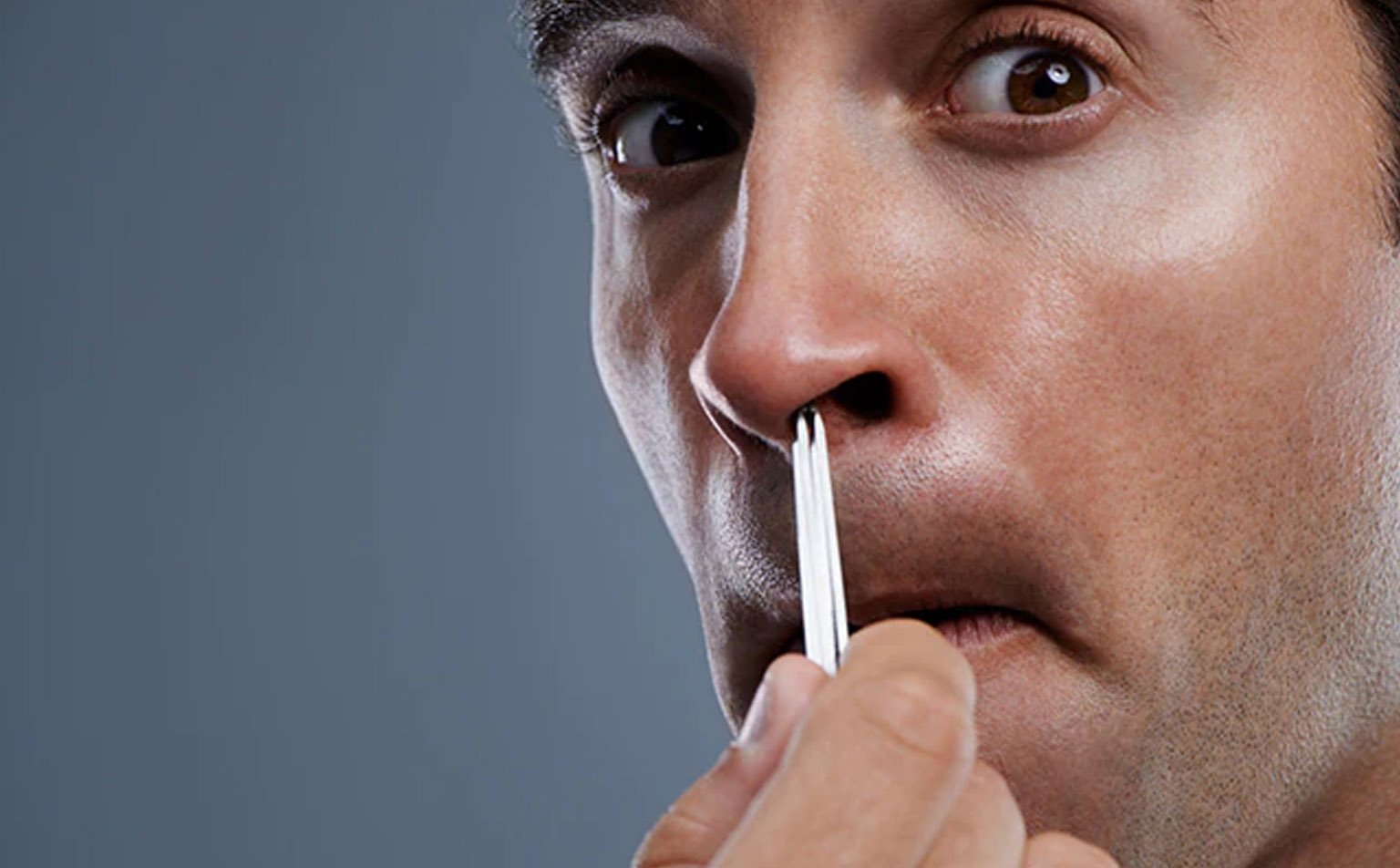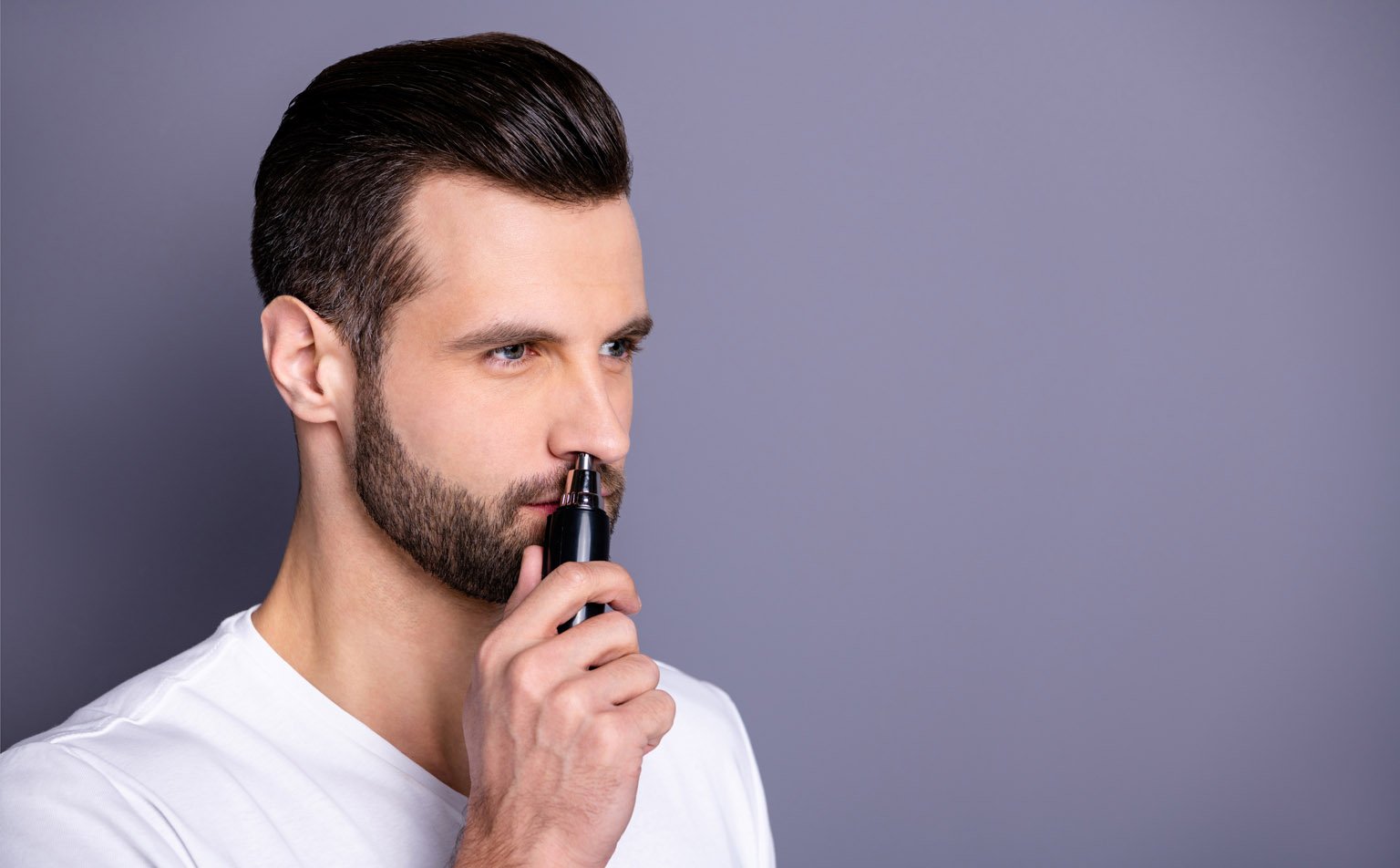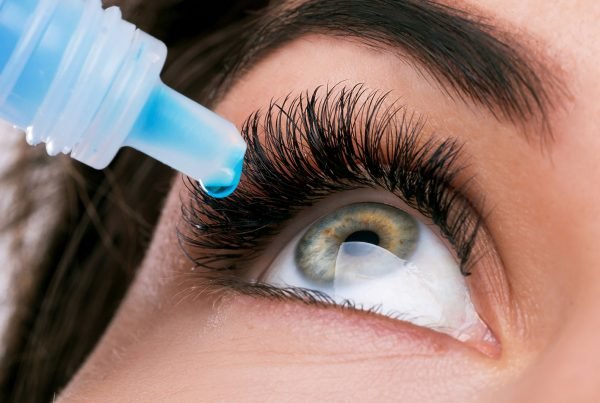
What is the function of hairs in the nose?
Many people find nasal hairs nasty and unpleasant. But they have few benefits, as suggested by medical theories. According to research, nasal hair filters the oxygen you breathe. Nasal hair has its medical terminology. It is called vibrissae that render protection against infectious germs.
A group of English doctors back in 1986 jotted some facts in the medical journal’ ‘The Lancet.’ The significant majority of natural nasal cavities are sterile, according to the study. On the other hand, germs abound in the vestibules within the nostrils, the nasal hair that surrounds it, and the crust that forms within. This data supports the notion that nasal hair acts as a filter. A wide variety of bacteria gets trapped in the wet meshes of the hair and the vestibule’s edges.
Can Germs Enter Easily if You Trim Your Nasal Hair?
In 2011, researchers went all out to figure out the density of nasal hair. They mainly focused on its correlation with disease. A study of a total of 233 patients got published in the International Archives of Allergy and Immunology. The study showed that people with denser nasal hair are less prone to asthma. However, no further follow-up studies were done regarding nose hair and its effect on asthma.
Later in 2015, Mayo Clinic doctors performed a study on the effects of trimming nasal hair. They found this activity leads to improvement in both objective and subjective measures of nasal airflow. They published the results in the American Journal of Rhinology and Allergy. The outcome of the entire study is that it is the larger particles that get trapped in the nasal hair. In contrast, viruses are relatively smaller in size and can pass through either way. Thus, based on the limited studies, it was seen trimming nose hair wouldn’t boost the risk of respiratory infection.
Best Way to Remove Nasal Hair
There are no such side effects of trimming nasal hair. They indeed prevent potential allergens from entering the nostrils. But they can’t protect you fighting colds and other viral infections.
Nasal hairs are normal, and there is nothing to get bothered about. Nonetheless, some people find long nose hairs quite disturbing and embarrassing. While you can trim those hairs without any worries, you must know that all methods are not safe enough. You can try the following ways to remove your nose hair:
Use Nose Hair Trimmer: There are two types of nose hair trimmers- electric and manual. Manual nose hair trimmers are tiny scissors with rounded or blunt ends. Electric trimmers are easy-to-carry devices with rotating, small cutting blades at one end. The blades are placed inside a metal or plastic guard. These guards stop the blades from contacting the skin. There are also small slits in the guard that allows longer hairs to go in for the cutting mechanism.
Nose hair trimmers are very easy to use. You need to find the correct type that suits your nostrils the best. The benefit of nasal hair trimmers is that it allows you to shorten countable protruding hairs. Hence, the majority of hairs stay intact and protect the airways.

Laser Hair Removal: Laser hair removal is one of the safest hair removal options. Laser hair removal targets those nasal hairs which are visibly protruding from your nose. It heats up and destroys the hair follicle at the root of your nasal hair. Laser hair removal renders a permanent solution for problematic nasal hairs.
However, you must ensure that only a board-certified cosmetic surgeon or dermatologist performs the treatment. It is also crucial to have a consultation with the therapist before opting straight for the treatment. You can even ask your laser therapy practitioner for before-and-after pictures of the previous clients for assurance.
Things You Need to Avoid
Even if you opt for your nose hair removal, there are certain things that you need to avoid. These techniques are:
- Hair Removal Cream: Hair removal creams can burn the mucous membranes and delicate skin inside the nostril. They even produce harmful gases that may get inhaled through the nose.
- Plucking and Waxing: Plucking or waxing the nasal hair leads to infections and ingrown hairs. These methods can also damage the sensitive tissues present inside your nostrils.
- Using Pointed Scissors: You must avoid trimming your nose hair with any small scissors with sharp points or nail scissors. The points can puncture the delicate mucous membranes and can lead to infection and pain inside the nostril.
Final Thoughts
There are minimal studies on nasal hairs and their role in fighting off colds and viral infections. But it is proven that they help purify the air you breathe by restricting the larger particles from getting inside. However, it fails to protect your nose from smaller particles. Thus, chopping them won’t make a huge change. You can use any of the strategies above to feel cleaner and maintain the advantages of nasal hair.








